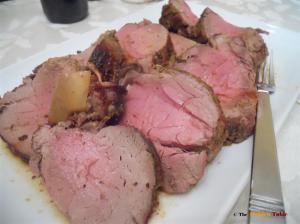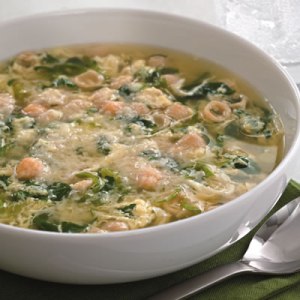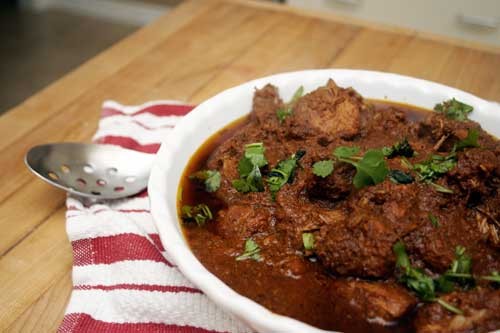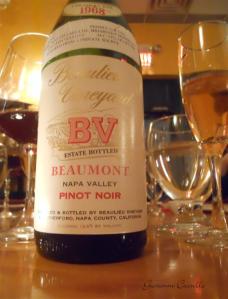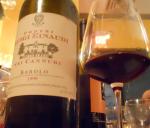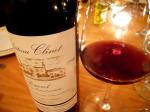I could not imagine winter passing without the smell of Osso Buco permeating my house at least a few times during the season. Osso Buco is Italian for “bone with a hole” (osso bone, buco hole) and refers to the bone and marrow of the shank. When the best milk-fed veal is used and it is properly cooked, the resulting osso buco will be extremely tender, falling away from the bone.

The most well-known preparation is Osso Buco all Milanese where the shanks are served with a saffron risotto that has been cooked with some of the marrow. There are, however, endless ways to cook your osso buco and just as many delicious accompaniments. This version is the easiest you will find.
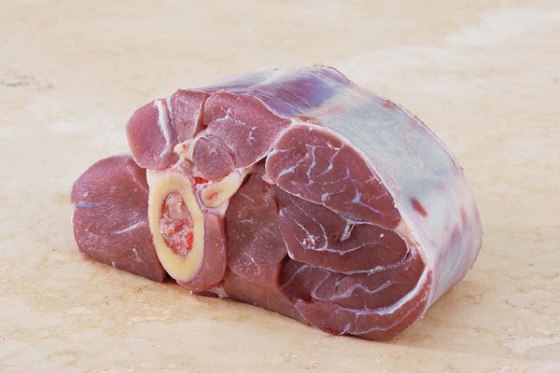
Ingredients:
Flour, Olive Oil, White Wine, Garlic, Carrots, Mushrooms, Onions
Chicken Stock, Veal Shanks, Rosemary, Thyme
Recipe:
Preheat the oven to 425 degrees and lightly dust the veal shanks with flour, salt and pepper. In a hot pan large enough to hold the shanks and vegetables, add some olive oil. Add the veal and brown on all sides. Remove the shanks and set aside.
In the same pan cook the garlic, onions, carrots and mushrooms over medium heat. Add more olive oil as needed and cook until the onions begin to soften. Add the veal shanks and a few cups of wine. Turn up the heat and cook until the liquid is reduced by half. Add enough chicken stock to cover the meat and season with salt and pepper. Top with the fresh herbs.
Cover the pan, put in the oven, and cook for about 1 1/2 hours or until the meat begins to fall off the bone.
Remove the pan from the oven, take out the veal shanks and scoop the marrow out of the bones. Add the marrow to the sauce and simmer to reduce. Taste and adjust seasonings. Serve the sauce on top of the shanks.
The marrow may also be left in the bone and enjoyed at the table with crusty bread or it can be added to risotto as in the classic Risotto Milanese.
Some chefs insist on using white wine, while others say you must use red. I say, use what you like or what you have on hand. Red wine will give you that rich, burgundy-colored sauce and white wine will produce a lighter, more elegant sauce. I do however, remember the first time I made osso buco with white wine and then enjoyed my meal with a Chardonnay…Not to be missed!
Other Great Serving Suggestions:
- Remove the bones, cut up the meat and serve over pasta
- Serve Osso Buco with your favorite potatoes
- Add some cooked rice to the sauce just before serving
- Legumes are always wonderful accompaniments


